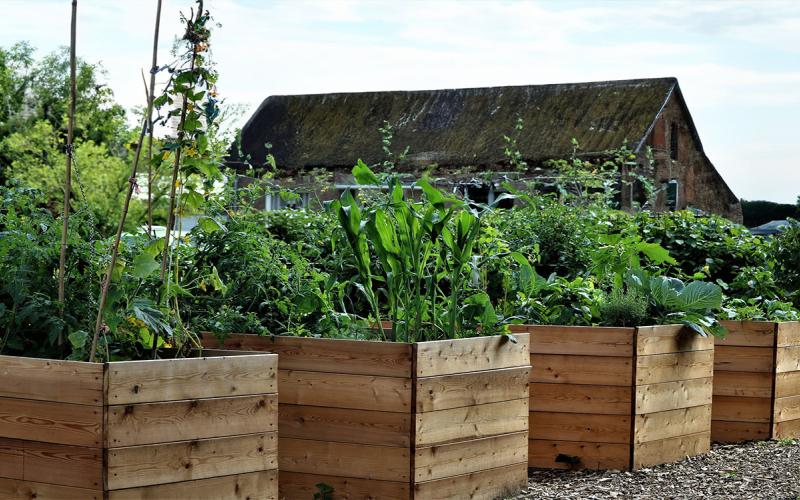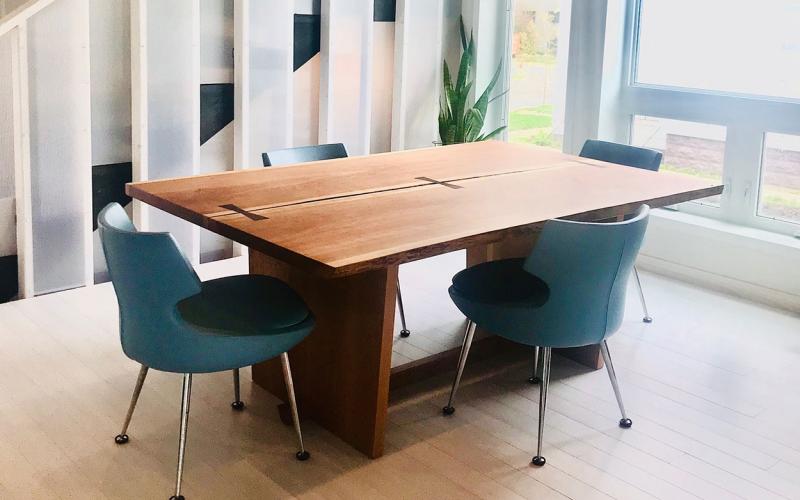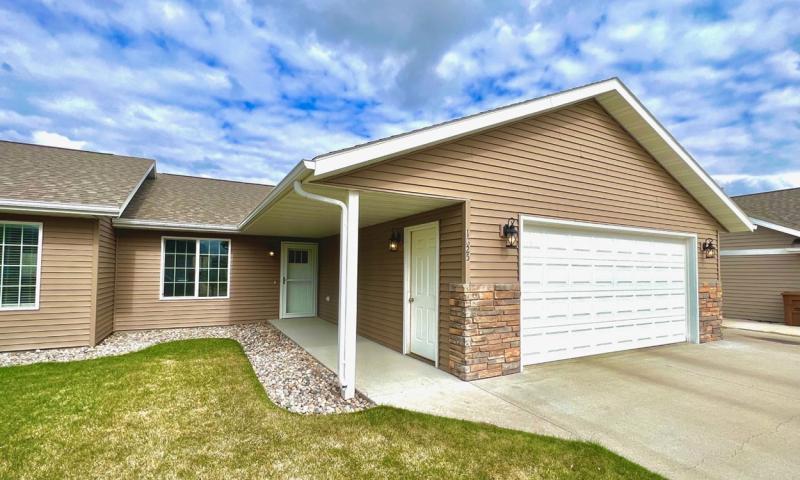
Testimonial by Julie List.
It was 2014. I was 57, and my husband and I were empty nesters, living in the six-bedroom, ranch-style home that we raised our children in with one small, main-level bathroom. This seemed like a good home that we would retire and grow old in, until the day my husband unexpectedly passed away, and I had a series of three strokes.
Suddenly the few steps at the front door, small bathroom, and laundry unit downstairs weren’t as easy to use. The side effects of my strokes were limited to my vision, with no right peripheral vision in both eyes, and some short-term memory challenges. I spent a week in the hospital and worked with Occupational Therapy for training, tips, and tricks for my new vision abilities.
I returned home, navigating my environment and slowly returned to work as a registered nurse. It didn’t take long to realize that the side effects of my stroke were going to have a permanent effect on my daily living and ability to work. Due to my vision loss, I found myself tripping on steps and curbs. It became difficult to do laundry, which required a flight of steps downstairs, carrying a laundry basket. My home had become too big for me to manage. My body also handled stress differently since my strokes, which made work a challenge.
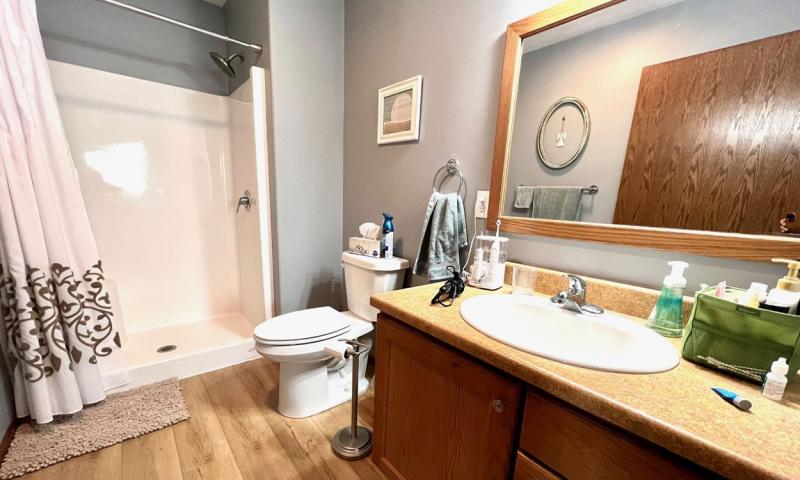
In 2017, I decided was ready for something new. New was hard, but I could do it. I sold my home and moved 150 miles to live in the same town as my eldest daughter.
This was a stressful time, as I knew I had to make some quick, long-term decisions, due to the housing market, but it all came together. I found a one-level triplex, a few blocks away from my daughter and her family.
This home offered a zero-entry doorway, attached garage with room for storage, main-level living with 2 bedrooms, 2 baths, a wide hallway, main-level laundry, lower set front window, and a master bathroom with a step-in shower. It was just what I needed, and I was able to install a high-rise toilet and grab bars in the bathroom for extra assistance.
"My move improved many areas in my life – the smaller, open, one-level floor plan made it physically easier for me to get around and take care of my home."
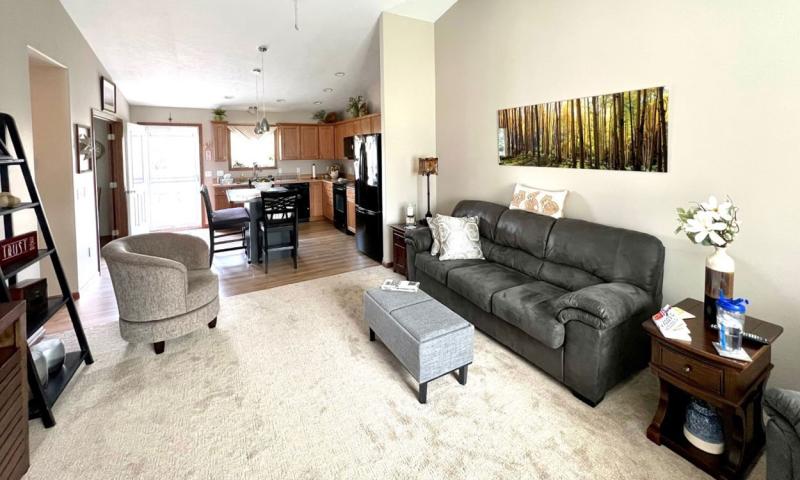
I found a rewarding, part-time job as a patient care tech at the local hospital, as it was a setting I was familiar with, and it helped me settle in. My employer valued my education and experience as a nurse, yet, I didn’t have the high responsibilities of the position.
I am now one year retired. My move improved many areas in my life – the smaller, open, one-level floor plan made it physically easier for me to get around and take care of my home. I have direct family support and a community of neighbors and friends who are in a similar stage of life. Together, we look out for each other and enjoy the relationships we have.
Looking back, though it was hard, I see a new me and a new home to fit my needs now and in the future.

Voices for Home Modification
The Voices for Home Modification Project wants to make a difference and provide answers for South Dakotans who find themselves looking for new homes to accommodate an accessible lifestyle.
